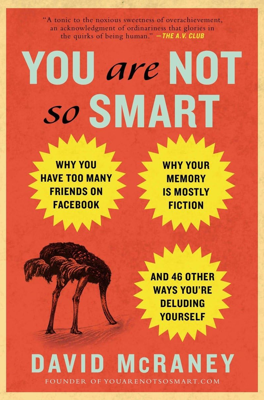The Anchoring Effect
Misconception vs. Truth
Misconception:
You rationally analyze all factors before making a choice or determining value.
Truth:
Your first perception lingers in your mind, affecting later perceptions and decisions.
The Anchoring Effect in Action
- Retail Experience: Salespeople often use initial high prices as anchors to make subsequent lower prices seem like good deals. Example: A $1,000 jacket marked down to $400 feels like a substantial savings, even if $400 is still expensive.
- Experiments by Tversky and Kahneman (1974): Participants' estimates on the number of African countries in the UN were influenced by arbitrary numbers from a rigged wheel of fortune.
- Population Estimates: When guessing Uzbekistan’s population, the given number (12 million) influences guesses towards a lower estimate, even though the actual population is 28 million.
Perceptual Anchors
- Daily Dependence: People use anchors to estimate outcomes, costs, and make decisions.
- Automobile Purchases: Sticker prices in car dealerships act as anchors, heavily influencing what buyers consider reasonable offers.
Unintentional Effects
- MIT Auction Experiment (2006): Students’ bids on items were influenced by the last two digits of their social security numbers, demonstrating that any number can serve as an anchor.
- Annoying Sounds Study: Initial payment offers (10 cents or 90 cents) influenced participants' subsequent acceptance of payments for enduring unpleasant sounds.
Long-Term Implications
- Lifestyle Anchors: Upgrading to more expensive lifestyles (cars, houses, gadgets) creates anchoring effects, making it difficult to downsize.
- Brand Value: Expensive brands like Louis Vuitton set high anchors, leading people to perceive high-value regardless of actual utility. Conversely, high prices out of context (e.g., an $800 purse at Wal-Mart) seem unreasonable.
Positive Uses of Anchoring
- Volunteering Study (1975): High initial requests for volunteer time increased compliance for smaller commitments.
- Negotiation Strategy: Starting with high initial demands can yield better results in negotiations due to the anchoring effect.
Awareness and Application
- Negotiation Tips: Be aware of anchoring effects during negotiations and recognize how initial figures can influence decisions.
- Self-reflection: Examine daily choices and identify if they are influenced by past anchors. Assess decisions about routine activities, brand loyalty, and voting preferences to see if they are driven by old anchors.
Understanding the anchoring effect helps in recognizing how first impressions and initial figures can unduly influence perceptions and decisions even when one is aware of the phenomenon.
